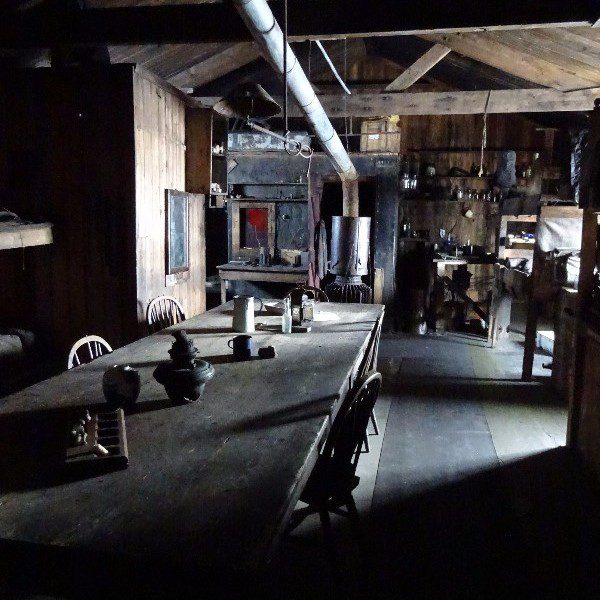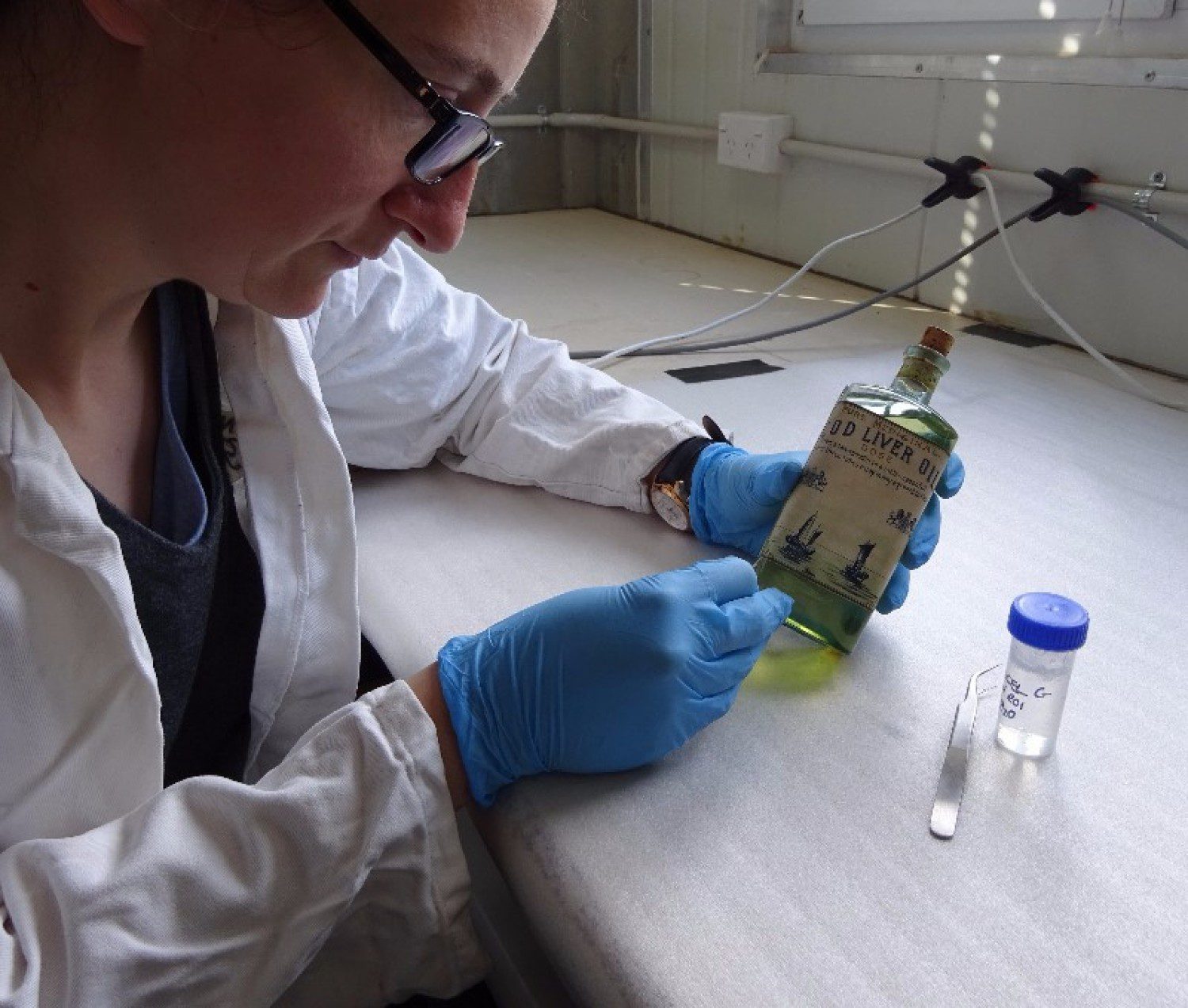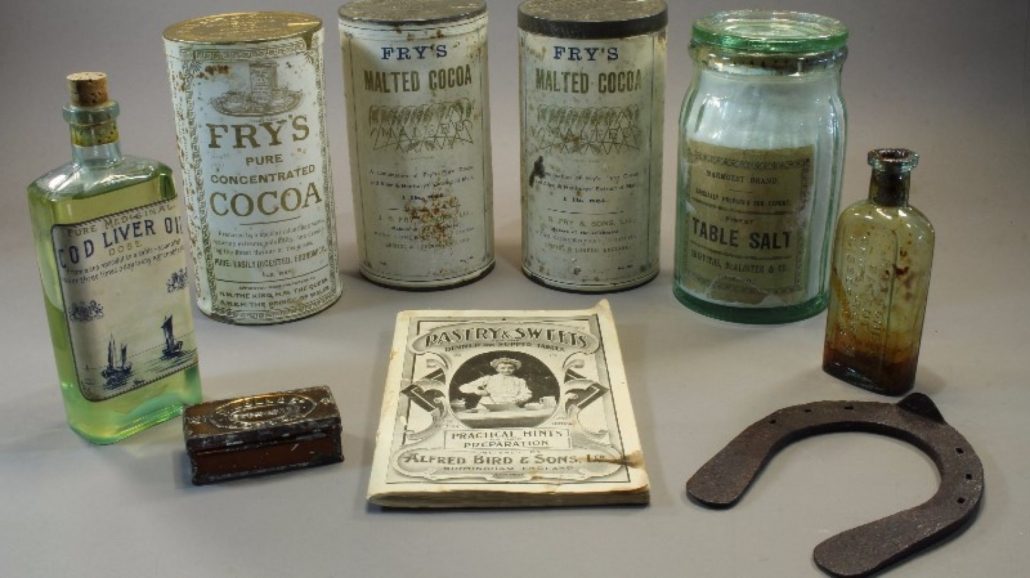They’ve done it! The Inspiring Explorers have completed the epic crossing of the Greenland ice cap
They’ve battled hurricane conditions, heavy snowfalls and illness, but the 6-person Antarctic Heritage Trust Inspiring Explorers’ Expedition has reached the finish line of their 560-kilometre crossing of the Greenland ice cap.
They made the journey on skis while pulling 60-kilogram supply sleds behind them.
The New Zealand Antarctic Heritage Trust selected four young explorers for the expedition from a pool of nearly 200 applicants. Two Kiwis; Brando Yelavich (24) and Hollie Woodhouse (33) and two Australians; Bridget Kruger (30) and Keith Parsons (28). They were joined by AHT Executive Director Nigel Watson and Ousland Polar Exploration master polar guide Bengt Rotmo.
 Keith Parsons
Keith Parsons Bridget, Hollie, Brando and Keith after reaching the east coast of Greenland
The team left the west coast of Greenland on May 4 and arrived in the small village of Tasiilaq (on Greendland’s east coast) on Saturday, 2 June. Hollie, Brando and Nigel are now enroute to New Zealand.
The crossing is the Trust’s third Inspiring Explorers’ Expedition and proved to be the most challenging one yet.
Nigel Watson says the team’s final day saw them ski for 21 hours.
“We set off at 10am. A possible polar bear sighting had us on edge, but it turned out to be an illusion! We continued to ski and eventually saw mountains – there was great excitement after seeing nothing but a flat, white horizon for weeks. We stopped for a hot meal at 1am before reaching the end of our journey at 7am – there were hugs and tears of relief.”
A helicopter then picked up the team and took them to Tasiilaq.
Hollie says arriving into the village was unbelievable.
“The relief in finishing is immense and to finally walk on solid ground after 4 weeks of skiing was a strange feeling. We stayed in a great hotel, dinner was nothing fancy but it was the best. Being warm, showered and seeing each other’s faces properly for the first time in 4 weeks was an odd experience.”
Keith says finishing the journey is bittersweet.
“On the one hand we have accomplished something rather special and momentous, but at the same time it means the end of the experience and everything that went with it: the ice, the struggle and mostly the time together with friends.”

Heading into the great white expanse of the ice cap.
Brando, who completed the first solo circumnavigation of New Zealand’s coastline, says the expedition has been tough.
“Physically my biggest challenge was my joints and my feet adjusting to the repetition and the pulling of the sled for 29 consecutive days. Mentally I was consumed by the repetition… the walking and the white were mind numbing at times. It was a great mental challenge”.
Bridget, who has worked for years as an outdoor instructor and adventure therapist all over the world, says this journey was bigger than anything she has done before.
“It was a huge journey that I was really able to delve into because I wasn’t a guide, just a client with the space to really be me and deal with the massive mental and physical challenges we faced. I’ve never done a winter expedition of this length before with this extent of conditions so it was an incredible opportunity to grow through that.
The Expedition honoured Fridtjof Nansen, the renowned polar explorer and humanitarian, who completed the first crossing of Greenland 130 years ago in 1888.
New Zealand outdoors company Kathmandu are an expedition sponsor, with the team road testing their new XT Series, designed for extreme environments.
Once home, they will begin tailored outreach programmes supported by the Trust, with the aim of sharing their experiences, and encouraging others to get out and explore.
Trust Executive Director Nigel Watson says that will be the most important part of the expedition.
“The whole reason the Trust undertakes these expeditions is to encourage people to get out and explore the amazing world we live in. By sharing their story, the team has the opportunity to inspire someone else to do something they never have before – an experience that could be life changing.”

The team take a breather for a photo after reaching the end.
















